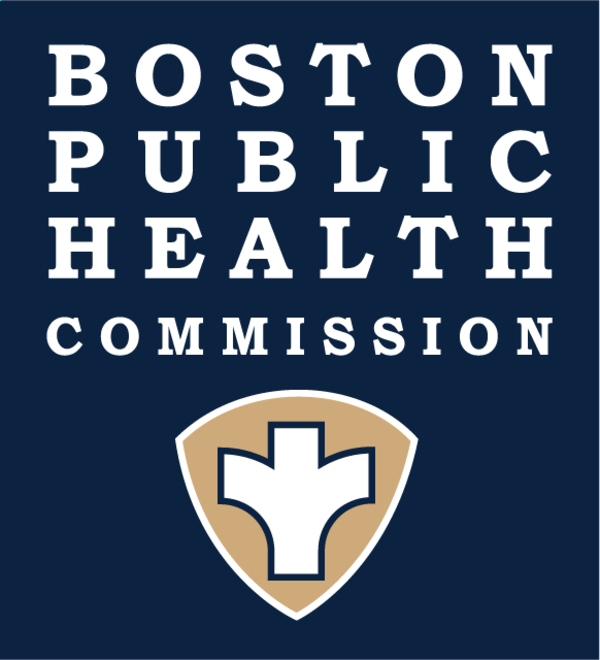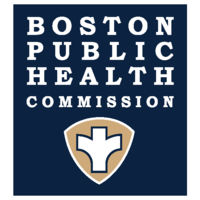Legionellosis
This fact sheet answers frequently asked questions about Legionellosis.
Legionellosis is an infection caused by a type of bacteria called Legionella. Legionnaires' Disease refers to the more severe form of infection which includes pneumonia. Pontiac fever is the milder form of legionellosis.
The basics
How is legionellosis spread?
This infection spreads when people breathe in a mist or vapor containing the bacteria. People can get sick from breathing in droplets sprayed from a water system that has not been properly cleaned and disinfected. The bacteria does not spread from person to person. There is no evidence that this bacteria grows in car or window air-conditioners.
How is it diagnosed?
Your health care provider will order tests to confirm the presence of the bacteria. In Boston, health care professionals must report suspected cases to the Boston Public Health Commission at 617-534-5611.
Who is at risk for developing Legionnaires' disease?
- Older people (usually 50 years of age or older)
- Current or former smokers
- People with a chronic lung disease (such as COPD or emphysema)
- People with a weakened immune system
Symptoms
What are the symptoms of Legionellosis?
Symptoms of Legionnaires' Disease usually include fever, chills, and a cough. Some people also have muscle aches, headache, tiredness, loss of appetite, and diarrhea. People may also develop kidney problems and pneumonia.
People with Pontiac fever experience fever and muscle aches but do not have pneumonia.
How long does it take for symptoms to develop?
Symptoms for people with Legionnaires' Disease start 2 to 14 days after contact with the bacteria. People with Pontiac fever start feeling sick within 24 to 48 hours after contact.
Prevention
How can I prevent legionellosis?
Proper maintenance of water systems limits the growth and spread of Legionella bacteria. There are no vaccines that can prevent legionellosis.
During outbreaks, BPHC identifies the source of the bacteria and recommends appropriate prevention and control measures. Recommendations may include decontamination of the water source.
Treatment
How is legionellosis treated?
Health care providers treat Legionnaires' disease with antibiotics. Treatment for Pontiac fever is supportive (fluids, rest fever reducing medicines).




